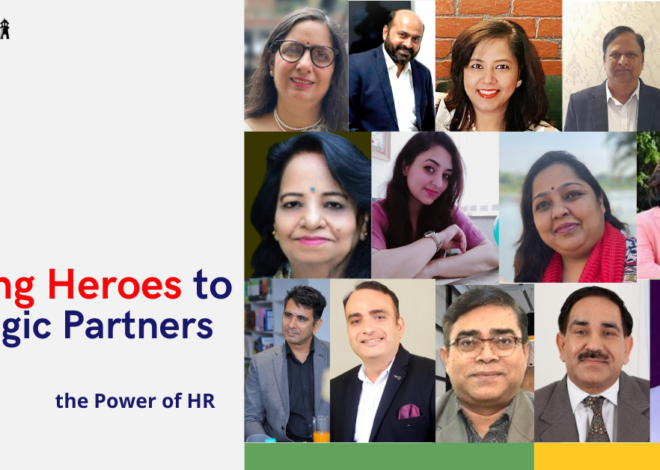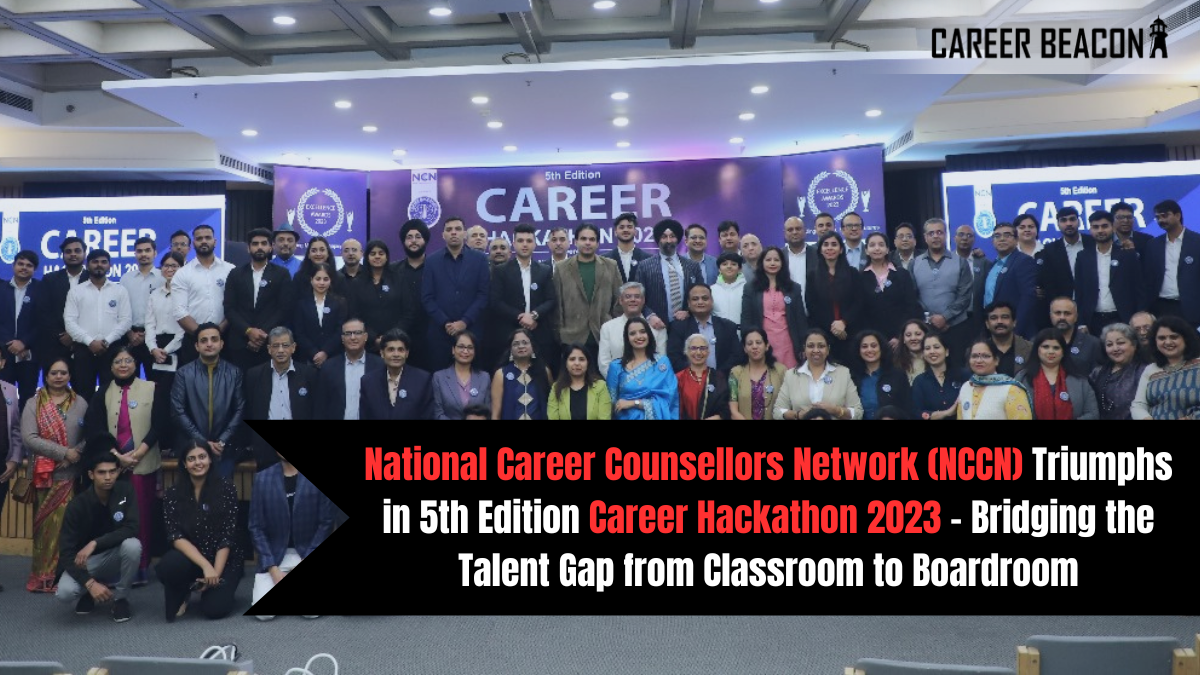
Emerging Leadership post-pandemic era: Krishna Kumar, Co-Founder and CEO, Isthara Co-Living
What is one significant HR transformation recently entirely led in recent times? What critical areas should business leases leaders focus on in the post-pandemic world?
The post-pandemic world completely transformed the HR industry and brought forth new practices inspired by trends and necessities. While most companies have shifted away from their WFH policies, many have also taken notes from the successful operations during the pandemic, implementing them on a macro level to improve morale and efficiency within their workplaces. Business leaders, in particular need to stay up to date with these changing policies and understand that the HR transformations brought about post the pandemic are not just for team member governance, but also to impact the overall workings of the company. While the span of HR practices to be implemented can be comprehensive, there are, of curse, a few critical areas that leadership within an organisation should focus on.
Digitisation is one of the critical areas that can assist leaders in implementing sound and efficient HR practices that keep with modern times. By implementing a wide array of software, HR departments of organizationorganisationsand seamlessly conduct many of the processes previously restricted to hand and paper methods. Functions such as payroll, CV shortlisting and even performance appraisals can be performed easily with the help of HR tech, thereby shaping the future of this growing industry. Companies like Isthara are great examples of digitised HR practices and digital incorporations to improve the scope and operations of a business. After the pandemic, the companyrealisedd the increased need for digitization and implemented it on a larger scale to streamline its operations under its co-living and food court verticals.
What are some trends in leadership hiring in the post-pandemic era?
The pandemic forced companies and industries to rethink many of their traditional hiring practices, especially when it comes to leadership roles. The pandemic made companies realise the importance of leadership that can adapt to changing trends and scenarios and keep up with new innovations that can improve operations.
One of the more unexpected trends that have started to emerge is the prospect of hiring leadership remotely. In the past, leadership positions were often restricted to those living in a particular area, thereby placing a regional limit on the hiring of some organisations. With remote work becoming more widespread, leadership hiring is now slowly being opened up to people across the world, thereby providing organizations worganisationsool of more qualified talent to help run their departments.
Organisations across the world are also becoming more inclusive, especially within their leadership positions. Companies realise the importance of having a diverse pool of talent to offer a wider scopbroaderdevelopment and foster an inclusive work environment that creates a safe space for all. Companies no longer restrict themselves in terms of gender, sexual orientation or geographic location and are now focusing more on a person’s capabilities rather than their backgrounds. Companies across the world are also now starting to overlook the age restrictions and are currently hiring individuals who can showcase a notable amount of skill in what they do and not the amount of time they have spent working in a particular sector.
What can the medium, companies, or society at large do to equip youth with the skills that match their green aspirations?
The youth are the future of the workforce, and nurturing their talent is incredibly important, especially since they will be taking up leadership roles within their organisations in time. The existing leadership within an organisation should make active efforts to teach the younger generation into their work, especially those who show a significant amount of potential but might not have the requisite experience to go along with it. Mentorship programs for this are an essential tool that can help guide students and young professionals to one day take on the roles and responsibilities of higher-level management.
While organizations can take active steps to nurture talent, society should also work to better equip studento equip betterofessionals for the jobs they are likely to do as they progress through their careers. Companies need to offer a more practical approach to job roles and equip their employees with the right tools to start their corporate jobs on the right foot. Fortunately, we also live in the digital age with a wide variety of courses, and supplemental tools are readily available to those who want to learn and broaden their scope. Companies should encourage employees to learn more from the wide range of tools available at the touch of a button.
At Ithaca, we have regularly undertaken programs for our staff to ensure that the highest service grade is provided to customers. In addition to several team building programs, Isthara also regularly conducts vocational training and upskilling programs to ensure that our employees are on top of their game. We also work regular sensitivity training programs to ensure that we teach a positive and nurturing workspace that is free from any bias, especially since our properties are open to people belonging to different backgrounds, orientations and genders.
Given flexible working hours, at times, how can leaders create an environment where their people can easily switch off from work and have that work-life balance?
While WFH culture showed organisations and employees that one doesn’t always need to be within the confines of an office to perform a role efficiently, it gave way to a number of issues regarding maintaining a healthy work-life balance. The blurring lines of work and play led many towards an unhealthy state, where maintaining a good balance became more arduous as the pandemic continued. Even though many organisations are now starting to move back to the office, they are now introducing a system of flexible working hours to ensure that their employees can work at their most optimal time. However, this also means that there is often a strain on employees’ work-life balance, causing many of them to get burnt out quickly with this new model. Leadership within these organisations need to foster a friendly environment and understanding of their employee’s needs. More importantly, they must establish clear lines of work hours to prevent overworking with the new flexible policies. Leaders within an organization need to emphasize the need to kick back and relax, and need to also understand the negative effects of overworking and hustle culture. Setting a time frame for the number of hours an employee needs to spend working in a day, or even a restricted time when employees are not allowed to work can help towards establishing a healthier work-life balance. Additionally, encouraging team-building exercises to break away from the monotony of work can also ensure that employees are happier and more in tune with the organisation’s goals.


